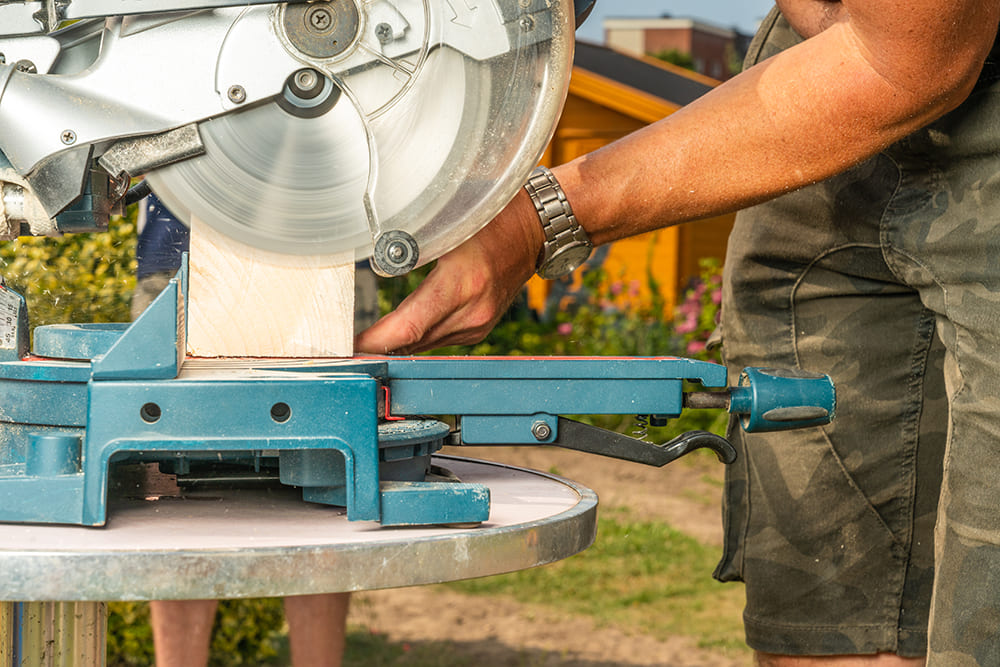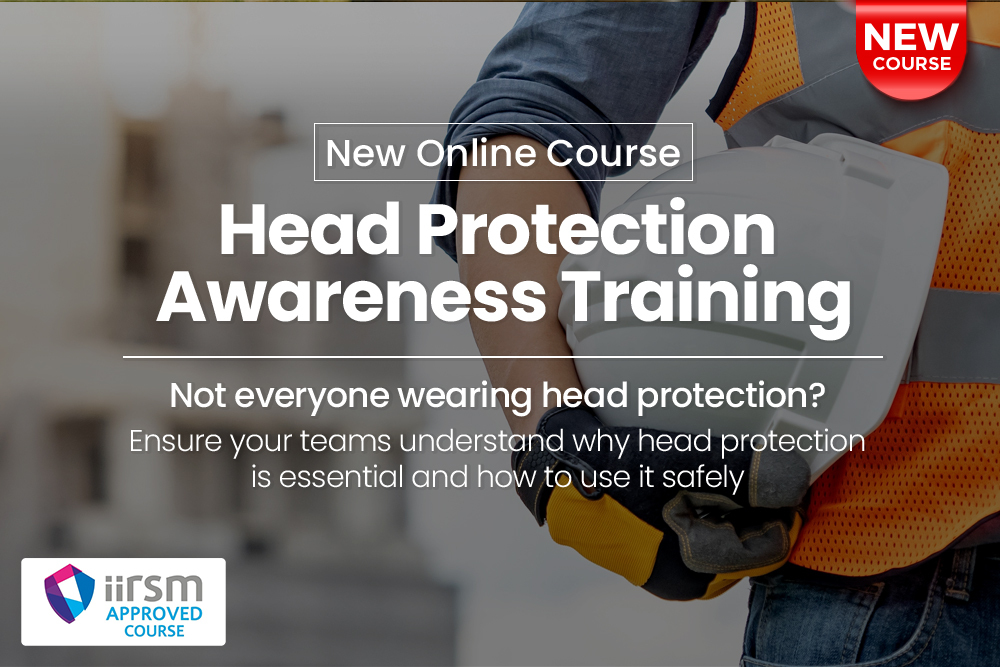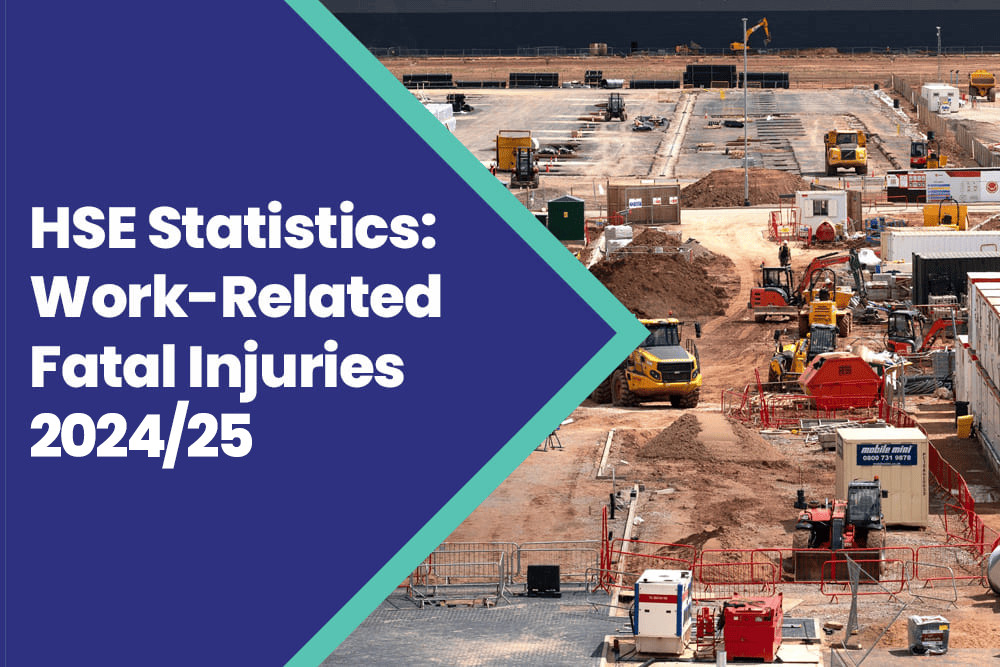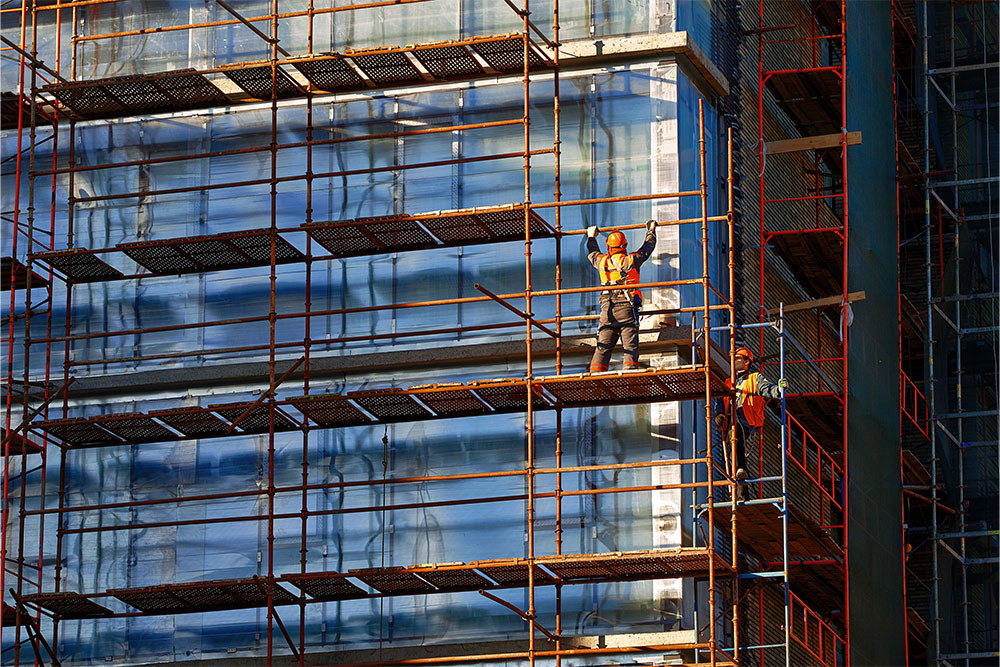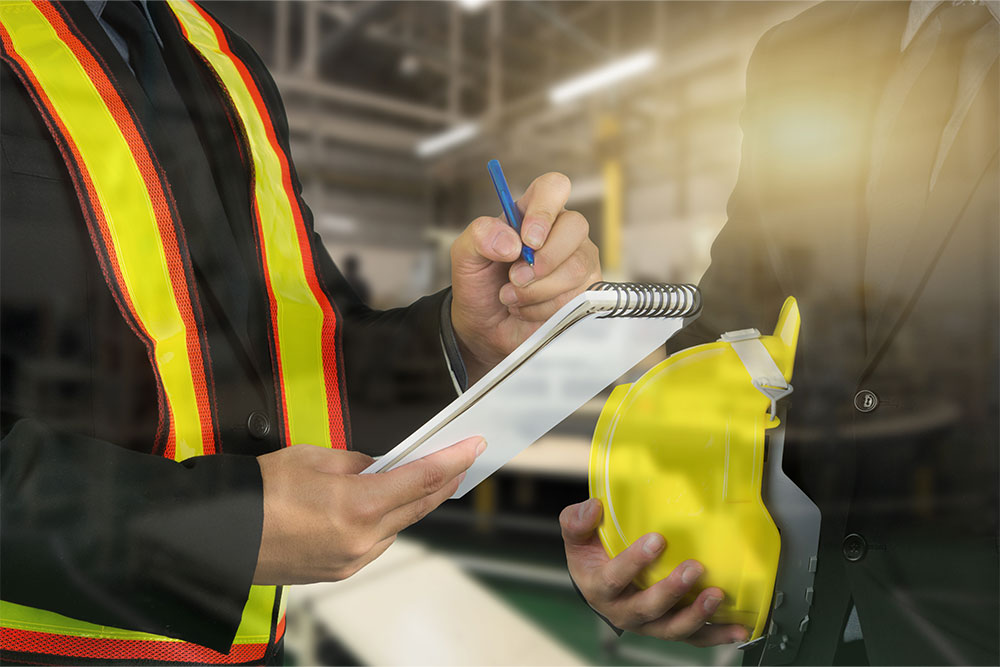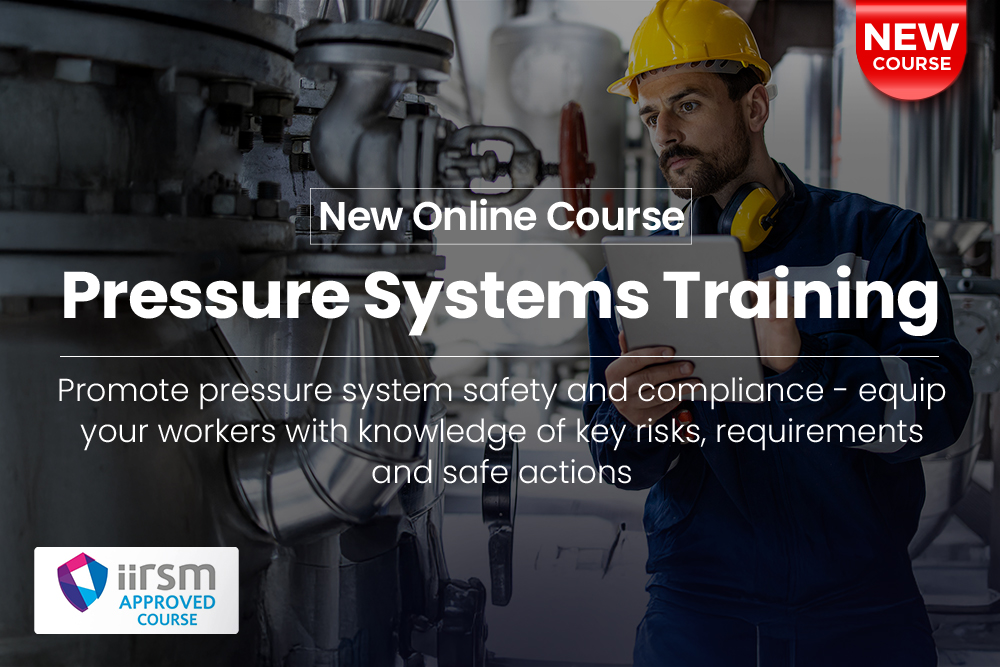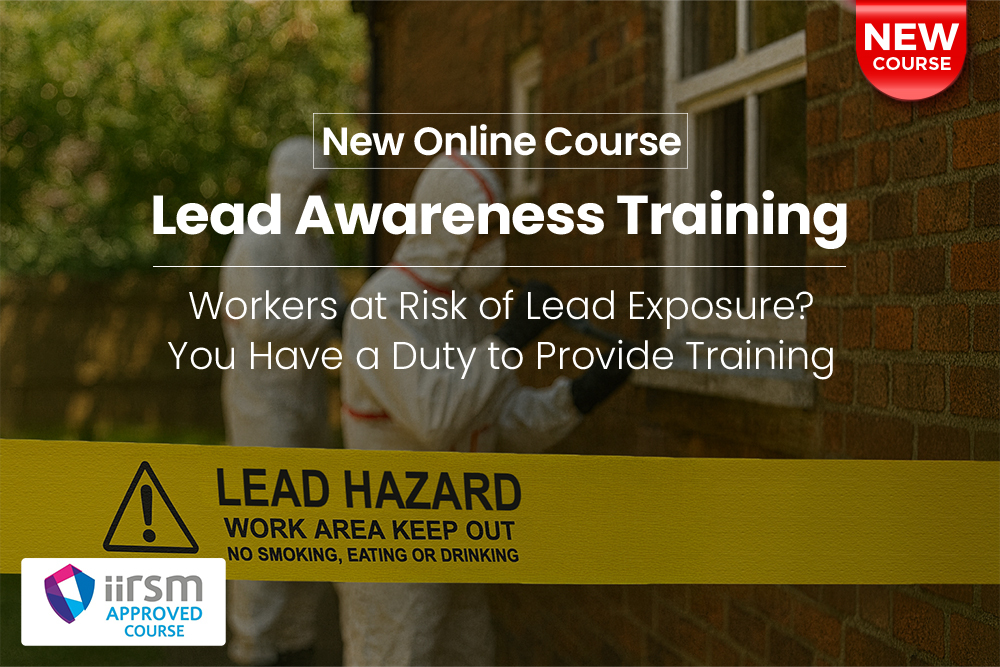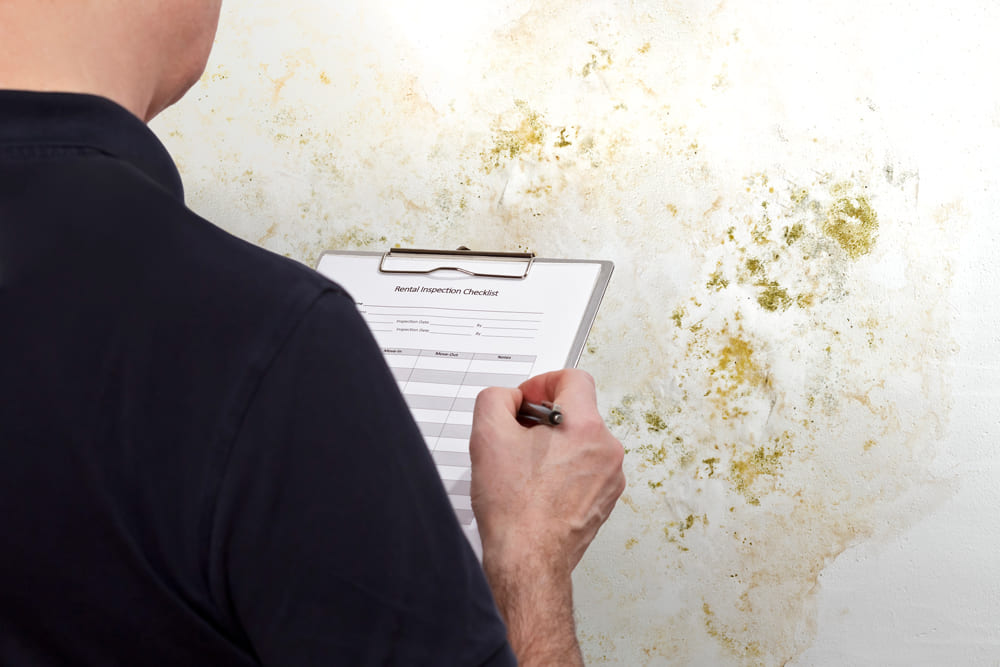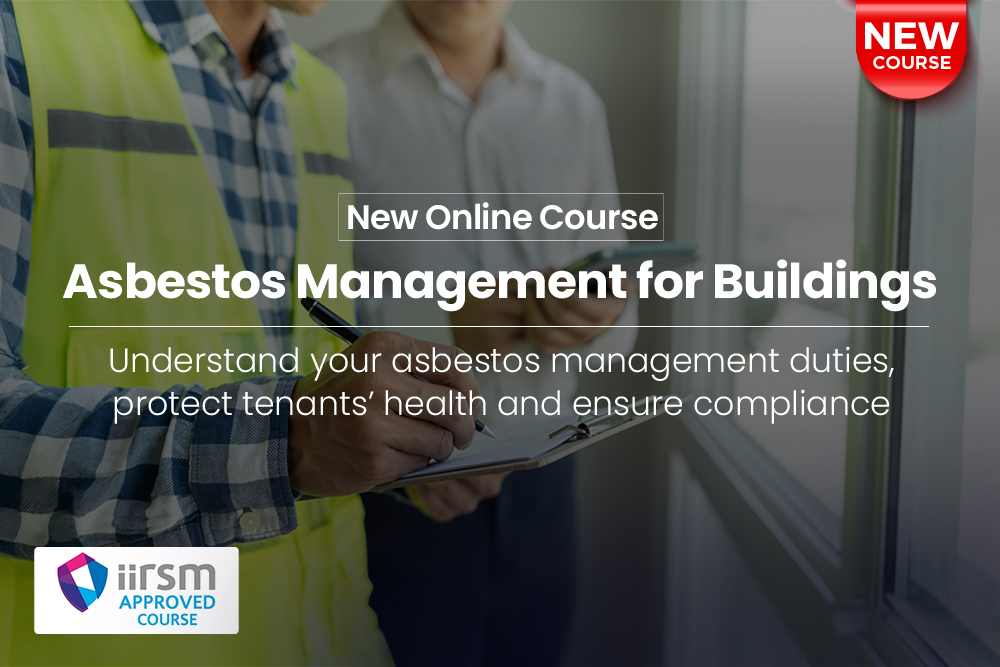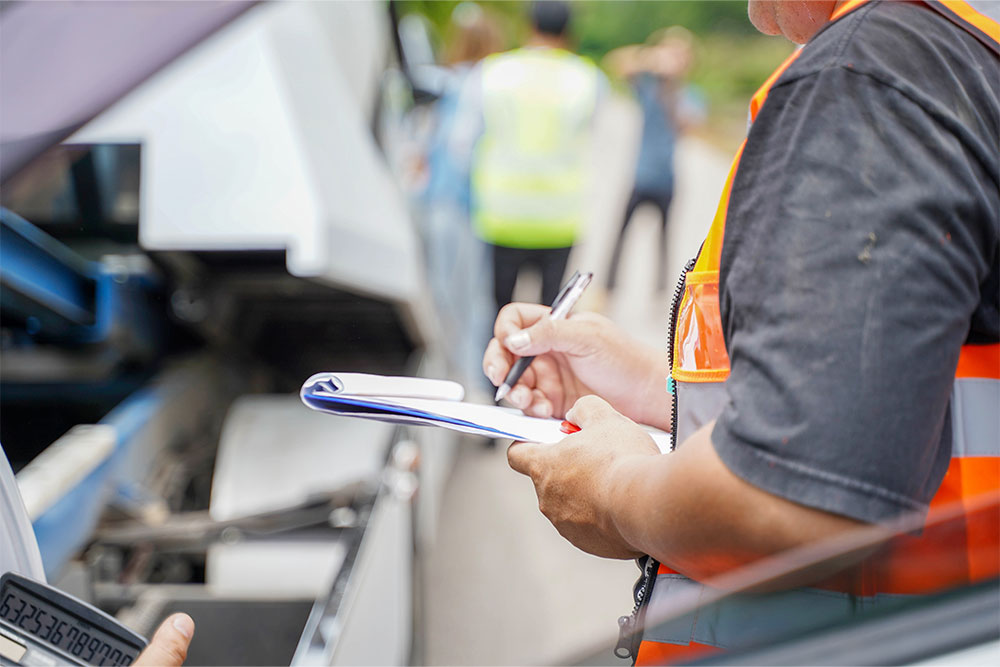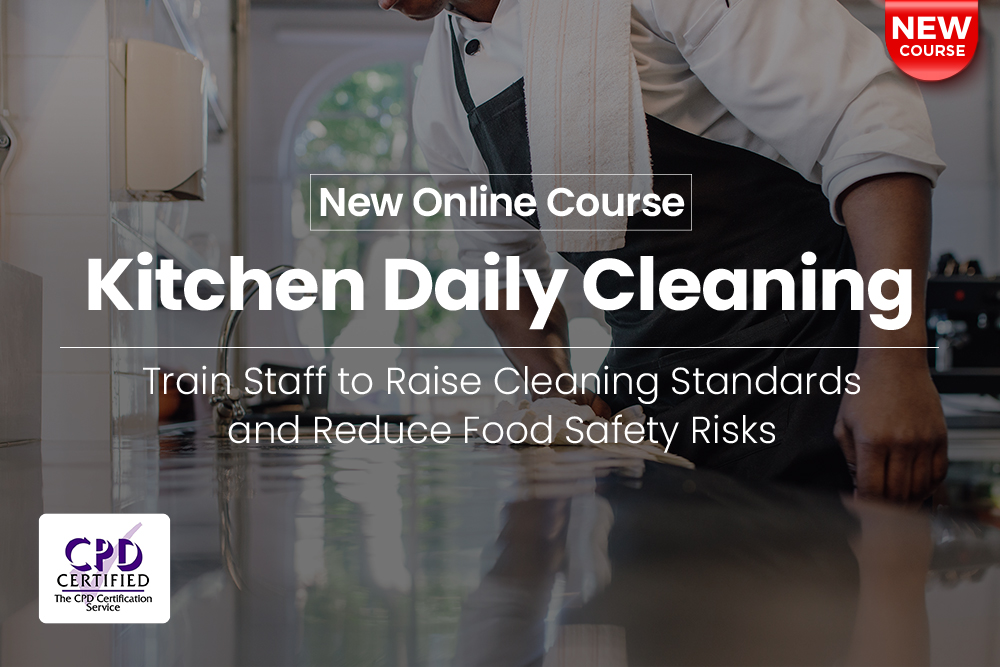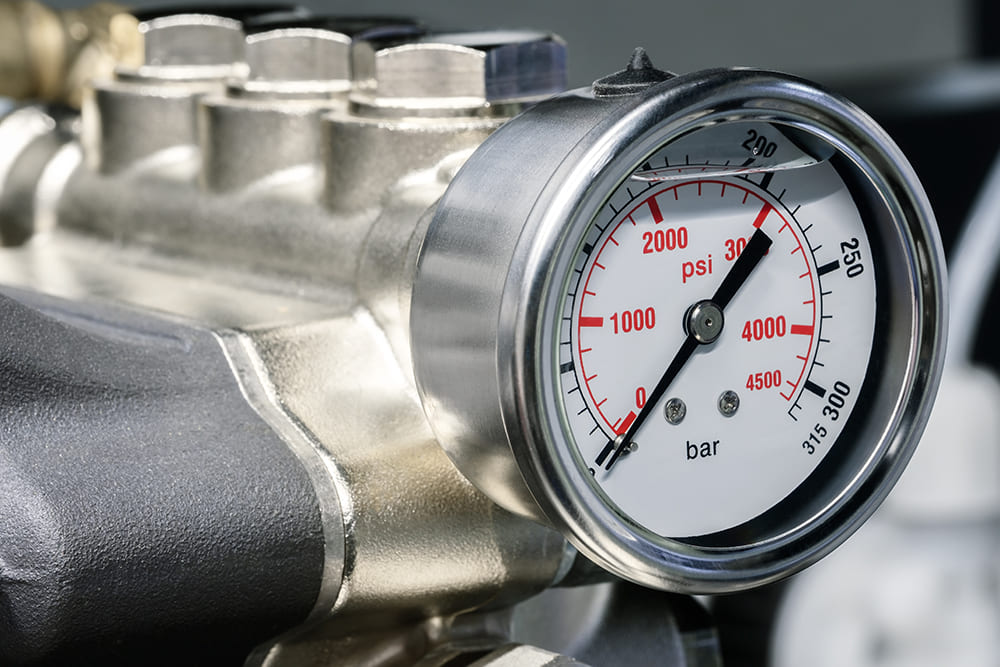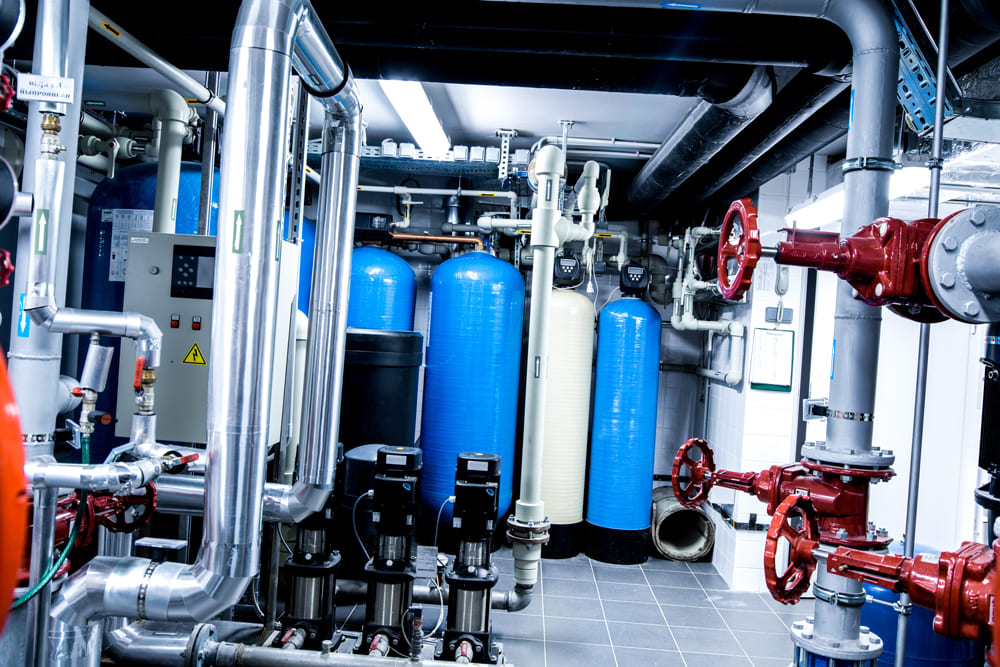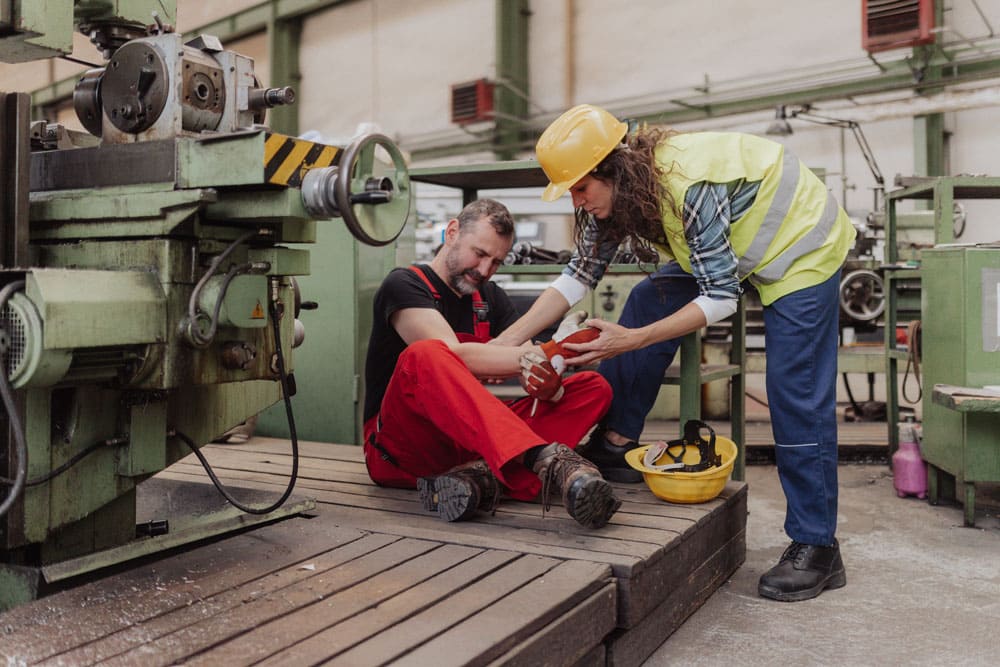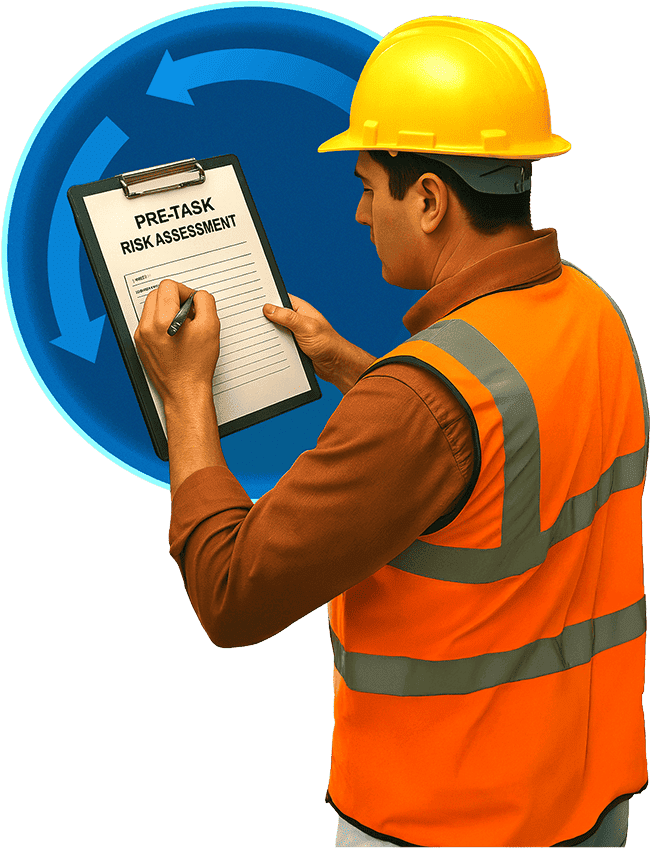
The Provision and Use of Work Equipment Regulations 1998 (PUWER) set out what must be done to make work equipment safe. Complying with PUWER can be challenging. The regulations apply to every type of equipment, and each example requires a different approach. An approach that you need to determine based on PUWER main features and legal requirements.
Our guide examines these requirements and what you must do to comply. Understanding PUWER will help you plan your approach to work equipment safety and ensure compliance.
Who is Responsible for PUWER Compliance?
Employers who provide staff with equipment are accountable for PUWER compliance in their workplace. Additionally, they must ensure any equipment supplied by employees themselves complies.
PUWER also creates duties for other types of equipment owners or those in control of equipment, including:
- The self-employed
- Contractors who supply their own equipment
- Hire companies
- Equipment operators
- Managers supervising the use of work equipment
There are no specific PUWER employee responsibilities. But they do have general health and safety duties, including following agreed safety guidelines and systems of work.
PUWER Main Features and Legal Requirements
Below, we’ve split PUWER main features and legal requirements into two parts.
The main features cover the characteristics of PUWER and what sets it apart from other health and safety legislation.
The legal requirements outline what you must do to comply with the regulations and ensure equipment safety.
What are the Main Features of PUWER?
PUWER is known for its scope. It’s one of the UK’s most significant and far-reaching sets of health and safety regulations.
We’ve broken down the main features of PUWER to give you a sense of its scale.
It Applies to All Work Equipment
The Health and Safety Executive (HSE) states:
The use of the word ‘all’ is not an exaggeration. Everything from simple hand tools to complex, state-of-the-art machinery must comply with PUWER.
And regulations don’t just cover all types of equipment. It also accounts for second-hand, leased or privately owned equipment. If it’s used for paid work, it must comply with PUWER.
Of course, how you comply will vary depending on the equipment in question.
It Applies to All Workplaces
PUWER applies to any workplace covered by the Health and Safety at Work etc. Act 1974 (HSWA).
This correlation effectively makes PUWER universal.
It Applies to All Types of Work
PUWER covers both the provision and use of work equipment. The word ‘use’ covers all possible activities—even activities when equipment is inert, such as cleaning and transporting.
What are the Legal Requirements of PUWER?
At the most general level, PUWER requires work equipment to be:
- Suitable for the intended task
- Safe for use
- Maintained in an efficient working order
- Inspected regularly to confirm all of the above
- Used exclusively by people given adequate information, instruction and training
Your organisation’s PUWER policy must account for these requirements throughout the equipment’s lifecycle.
You can read more about each of these requirements below.
1. Work Equipment Must be Suitable
Under Regulation 4 of PUWER, all work equipment must be:
In other words, every worker needs to be given equipment suitable for their work.
Suitability is easy to determine if equipment:
- Carries a Declaration of Conformity to prove compliance with the Supply of Machinery (Safety) Regulations 2008 (known as SMSR)
- Comes with manufacturer’s instructions on its use (and assembly if needed)
- Is used in line with the manufacturer’s guidance
You’ll need to judge suitability if your equipment doesn’t meet these conditions. Conducting a PUWER risk assessment will help with this. It will also help define what ‘safe for use’ involves.
2. Work Equipment Must be Safe for Use
Equipment safety is one of the primary PUWER employer’s responsibilities. Under PUWER, you must ensure that all equipment used in your workplace undergoes a full risk assessment.
PUWER compliance would be impossible without it.
Risk assessments identify all possible risks and hazards posed by equipment. This process involves reviewing the equipment, its use, and the environment in which it’s used. From this, you can determine the necessary control measures to make the equipment safe.
Your findings will also help you manage inspection and maintenance, two more essential PUWER requirements.
3. Work Equipment Must be Maintained in Efficient Working Order
PUWER stipulates that work equipment be maintained in an ‘efficient’ order. Efficient in this sense means unlikely to cause harm, not necessarily operating at peak productivity.
Similar to judging suitability, maintaining equipment is straightforward if it complies with SMSR. Under SMSR, manufacturers must provide instructions on maintenance as well as operation. Provided you follow these instructions, there shouldn’t be any compliance issues.
For all other equipment and machinery, you must establish and implement safe maintenance procedures.
A robust risk assessment alongside input from your maintenance workers is essential. This combination should give you the insight needed to define safe maintenance procedures.
But be warned: Maintenance staff with a limited grasp of PUWER probably won’t be able to contribute much. Support staff who get the ‘why’ behind your safety measures can give better input. They’ll also be able to learn from the process and potentially apply newfound PUWER knowledge to other routine tasks.
4. Work Equipment Must Be Inspected
Regular PUWER inspections are necessary to confirm that equipment can be used safely. They need to take into account ongoing suitability, safe operation and maintenance.
This procedure is separate from a PUWER pre-use check. Pre-use checks should happen before any equipment is used and only require a visual scan for faults or issues.
Inspections are more thorough and aren’t required for every type of equipment. The necessary level of detail is also flexible.
To determine when inspections are necessary and how thorough they need to be, you must consider:
- The type of equipment
- Where it’s used
- How it’s used
All of this information should be recorded in your risk assessment (another reason why it’s critical for PUWER compliance).
Any inspection beyond a pre-use check must be recorded. The HSE highlights the usefulness of checklists for this. Good checklists also structure inspections and can help you cover all necessary points.
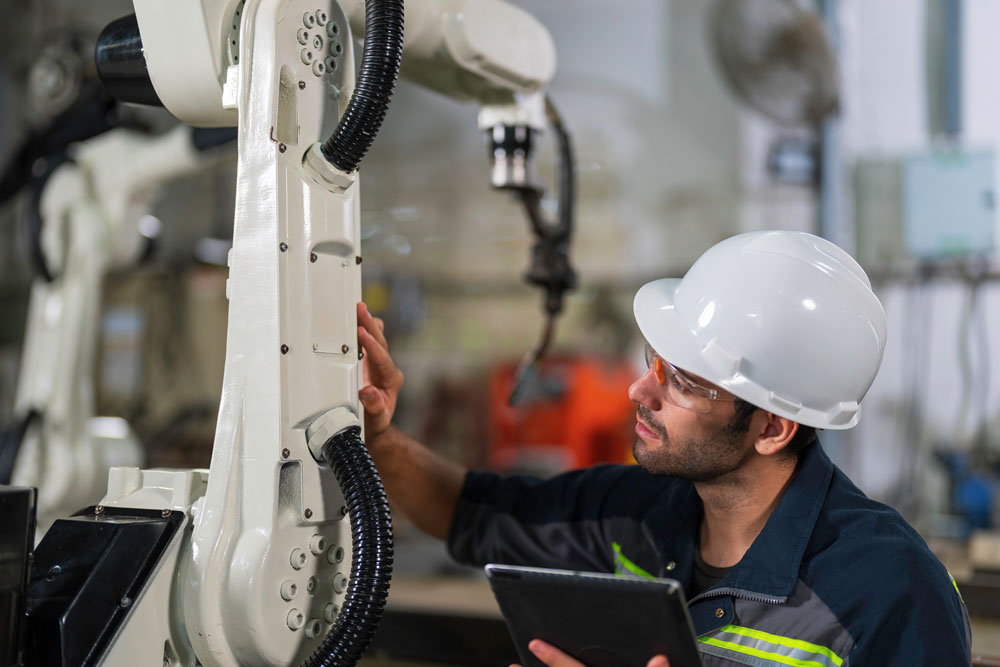
5. Adequate Information, Instruction and Training
Regulation 8 of PUWER covers information and instruction. You need to provide written instructions on:
- Conditions when work equipment is safe to use
- How work equipment should be used
- Directions for handling foreseeable problems
Equipment that complies with SMSR should already have this information. Otherwise, you need to produce your own version based on the equipment risk assessment.
These instructions should be readily available for all equipment operators and those supervising them. A good practice is creating simple one-page instructions that can be attached to the equipment itself. This way, all equipment users can always refer to the guidance.
Training requirements are outlined in Regulation 9. Under this regulation, you must provide all work equipment users (and their supervisors) with adequate training. You need to define what ‘adequate’ means, based on:
- The job and equipment being used
- Employees’ current competence levels
- Competence needed to use (or supervise the use of) the equipment in question
You’re effectively trying to close any knowledge gaps that could result in accidents or injury.
Ensuring Competence
Competence is a critical concept in health and safety and PUWER is no exception.
For day-to-day tasks, operators need the competence to use work equipment safely.
Outside of routine work, duty holders must have the competence to implement your PUWER policy.
A policy you need to develop based on your understanding of the regulations, with almost every decision related to your risk assessment and inspections.
Because these processes are central to compliance, they can only be carried out by competent people. Assessors and inspectors must have the right qualities to be deemed competent. These qualities form the acronym KATE. They are:
- Knowledge
- Attitude
- Training
- Experience
If duty holders lack these qualities, any PUWER-related tasks they undertake could be found non-compliant. And there are severe penalties for failing to meet work equipment regulations.
What are the Penalties for Not Complying with PUWER Regulations?
Penalties for PUWER non-compliance match that of other legislation. If found to be in breach of work equipment regulations, the HSE has the power to:
- Serve notices to duty holders
- Stop operations
- Impose fines
- Prosecute employers or other accountable persons
And the HSE maintains a higher conviction rate than conventional criminal courts.
Outside of legal action, PUWER non-compliance increases the likelihood of your employees or members of the public being harmed by your work.
Complying with PUWER Main Features and Legal Requirements
There’s no set routine for compliance. The only way to ensure it is to study the PUWER main features and legal requirements and apply them to the specific circumstances of your workplace. You likely understand your work environment and equipment already. Developing the necessary knowledge of PUWER can be achieved through training.
We offer a range of PUWER courses to cover the full scope of the regulations and what they ask of employers, duty holders, operators and support staff. Each course is mapped to specific job roles to give users the exact training they need to fulfil their PUWER duties and ensure equipment safety.






































































